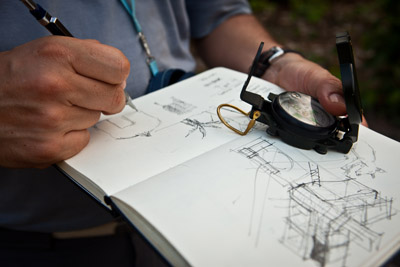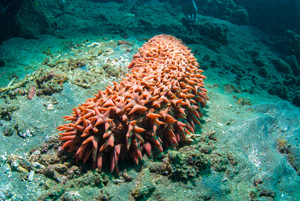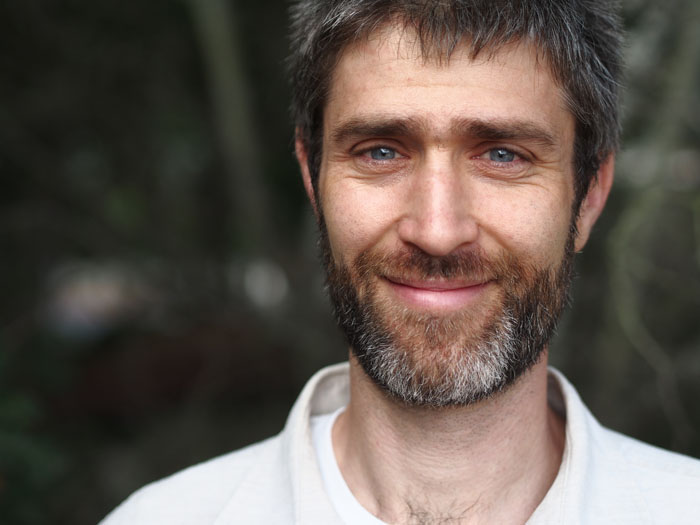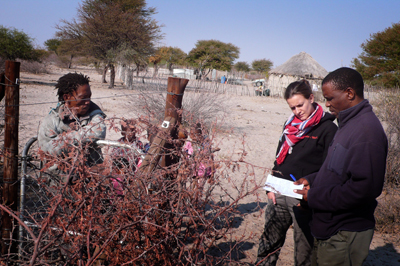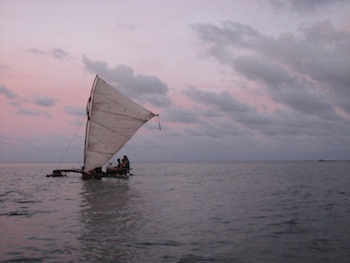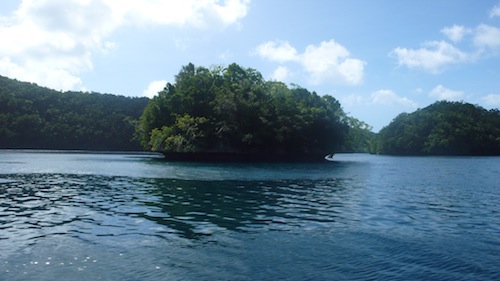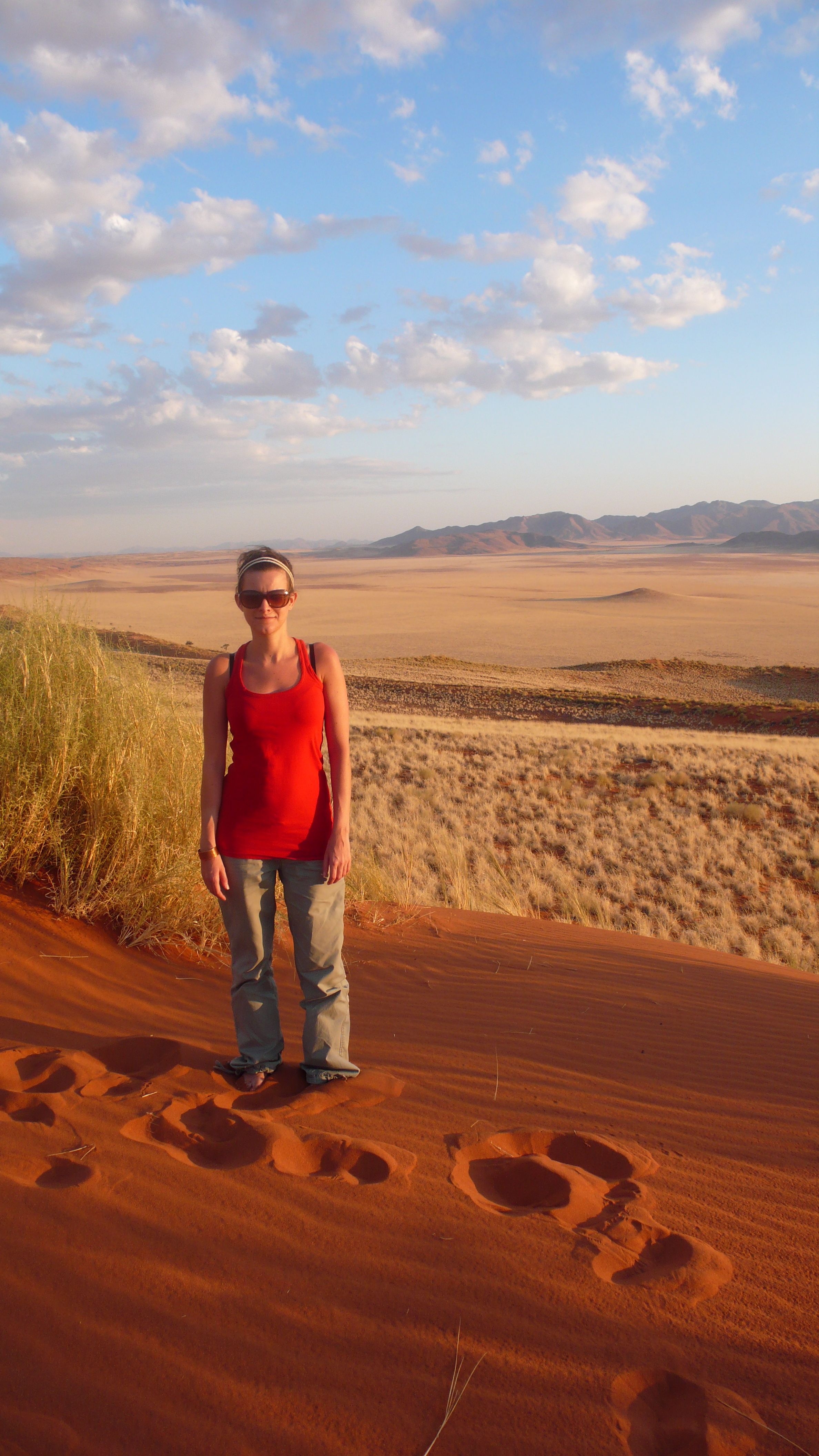News
CSF is opening a program of “office hours” with experts who will help you figure out what to analyze and how. These consultations are free and an exclusive service for graduates of CSF courses..
Here’s how it works: Click on the link below and provide some basic information about the issue, problem, policy or activity you want to analyze. We’ll gather the ideas and set up a meeting for you with a member of our staff or one of our consulting experts via videoconference or telephone.
Examples of analyses we will help you design could include
• cost-benefit analysis of a sustainable development project,
• revenue strategy for a protected area,
• formulation of arguments to confront a specific environmental threat,
• economic valuation of an ecosystem or protected area,
The David and Lucile Packard Foundation recently awarded CSF a grant to expand our ocean conservation work, with a focus on the islands of Micronesia. Packard will join CSF in delivering conservation economics training in Palau, a global priority for protection of reefs and associated coastal ecosystems. CSF will work with environmental managers and decision makers on integrating economic data and insights into management of fisheries and marine protected areas. Complementing the training will be a detailed analysis of sustainability and the distribution of profits from the economically significant sea cucumber industry.
Since he was a young child, Aaron Bruner has been interested in forest conservation. For much of his youth, he had intended to be a conservation biologist, but while at Wesleyan University, he had an economics professor who "blew his mind", and he realized that the best route to accomplish conservation was through the power of economics. It was then that he chose to study economics as an undergraduate in order to be able to speak the language of policy-makers and developers to achieve the greatest impact.
When people think of sub-Saharan Africa, they are often imagining the landscape of Botswana, although they may be unaware of it. Images of the Kalahari populate the spreads of nature magazines; the mysterious gazes of lions, elephants, and buffalo calling readers to adventure. Admiring photographs such as these in my youth brought me to my current work, and last month I was fortunate enough to have a dream realised and visit the Kalahari myself.
CSF, thanks to funding from the Handsel Foundation, is working along with Cheetah Conservation Botswana (CCB) to conduct a cost benefit analysis (CBA) of alternative predator control methods used by small stock farmers in the Kalahari agro-ecosystem.
In April I had the unique opportunity to facilitate a one-week scenario-building workshop on the beautiful island of Yap in the Western Pacific. Yap is one of four states in the Federated States of Micronesia (FSM), and lies in the far western part of the Pacific Ocean, close to Guam and Palau. We were invited by the Yap State Chamber of Commerce, who is working to guide and support Yap’s development amidst a sea of uncertainty and change. One of the Chamber’s members, Berna Gorong, attended our Economic Tools for Conservation in Micronesia in Pohnpei in March of 2012.
I am pleased to write an update on the activities and conservation initiatives that I have been working on after attending Conservation Strategy Fund’s 2012 course, Economic Tools for Conservation, in Stanford, CA.
February was a month of non-stop travel for me. Having just started working with CSF I got shipped off on a whirlwind tour of Micronesia and Bali. Not a bad start I suppose!
Conservation Strategy Fund has been training conservationists, natural resource managers, and policy-makers in the language of economics for nearly 15 years. Hear first-hand what our course participants and instructors have to say about why CSF's training programs are effective and make a big difference for conservation.
CSF began working with International Consultant and Environmental Economist Rhona Barr in late 2012. Rhona brings to CSF a diverse set of practical and research experiences in tropical settings, including Latin America, Asia and Africa.
Born in North Wales, Rhona grew up on the island of Anglesey. From an early age, island life made her fascinated ("nearly obsessed!") with the outdoors and biology, particularly the watery ecosystems around her.
Under the second phase of the Initiative for Conservation in the Andean Amazon (ICAA) of the United States Agency for International Development and in collaboration with Wildlife Conservation Society, CSF is moving forward with the creation of three sustainable business plans for the indigenous Tacana community. The community, located in Bolivia's Amazon region north of La Paz, is home to approximately 5,000 people. Their land is known in Spanish as a Tierra Comunitaria de Origen, and is similar to a Native American reserve in the U.S., designated as a permanent home for the Tacanas to continue their traditions. It is located on the banks of the Beni River in the village of San Miguel del Bala.

